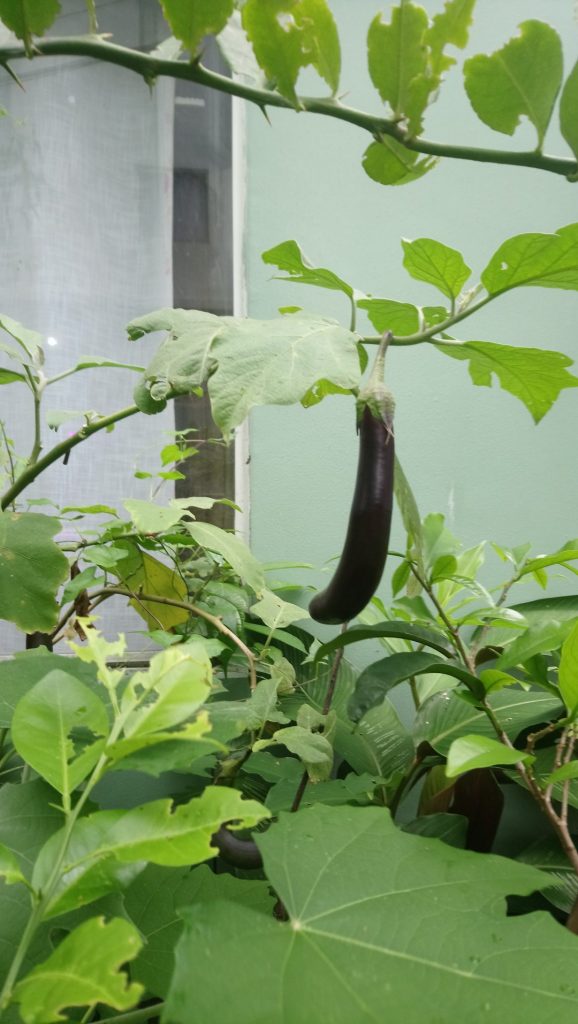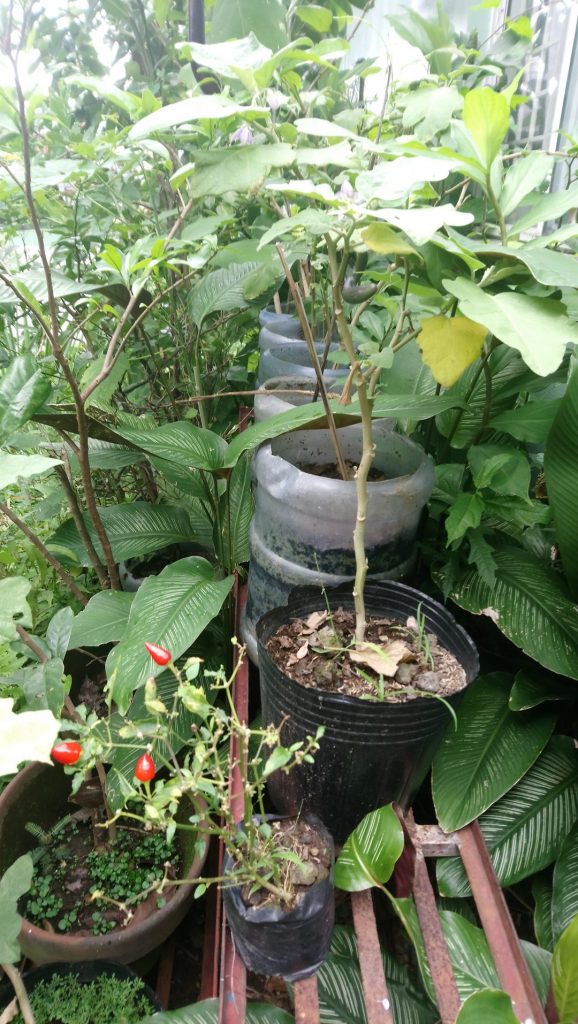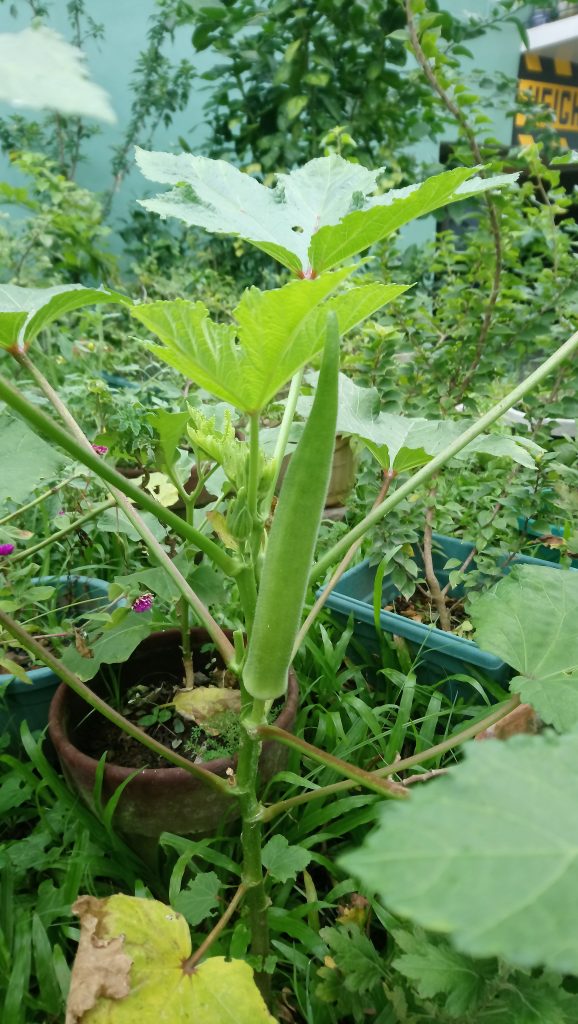
We used to take the availability of food for granted. At least, for those of us who have the means to pay for other people to produce, process and prepare it for us. The restaurants, groceries and markets provided for all our needs. Then all of a sudden, because of a teeny tiny unseen virus, our food procurement and consumption patterns drastically changed.
The COVID-19 pandemic has affected the lifestyles and diets of every one of us, from the most remote communities to the big cities. In an effort to contain infection, governments around the globe restricted movement by shutting down schools, public events, offices and shops. Farm to market roads closed, food processing factory workers could not go to work, and restaurants stopped operations.
In the cities, we have been so used to “harvesting” our food from supermarket shelves or market stalls. Food availability, something we never gave a second thought, suddenly became threatened. Everybody needed to cook at home, and food supplies became scarce, especially in the beginning of the lockdown period. Fresh produce was difficult to source as farmers could no longer harvest or transport their products to the markets due to travel restrictions. Imported food were low in supply as global food distribution systems were also disrupted.
Plant Therapy
With idle time on their hands, urbanites suddenly took a keen interest in vegetable gardening whether they live in a house with a garden or a tiny condominium unit. They either felt the need to have a food source in their homes or needed a hobby to keep them sane, or both. Social media has been flooded with posts of home vegetable gardens and tips on growing food and composting in small spaces. Soil, seeds and seedlings became popular items in online shopping.
“The idea of growing your own food makes me feel secured regardless what happens outside your house,” says Christian, a sales executive who has started to grow micro-greens in pots in his fifth floor apartment. He used to get his greens from the grocery, but had difficulties with availability of lettuce, kale and broccoli during the lockdown. “You are not at the mercy of what’s available. It’s cleaner, the quality is much better, and it’s more fulfilling.”
Charisse, a doctor living in Manila, has been growing fruit trees and medicinal and ornamental plants in her house. During the lockdown, she started to grow vegetables as well since she feels it is best for her family to grow their own food. “I had more time to take care of the vegetables; they are cheap, safe and healthy, free from chemicals and pesticides.”
Eventually, some roads opened up and people found a way to innovate and create online markets for fresh produce. The fruits and vegetable delivery business has boomed as people prefer to stay at home and have their needs delivered. Even indigenous communities nearer Metro Manila diversified their produce and their markets and have also gone into the business. But what about those who live in remote areas, the upland dwellers whose farm produce don’t reach us at all, or who harvest forest food which we can’t even recognize?
The More Remote, the More Secure
Many indigenous communities across the country did not waste time understanding what covid-19 was to impose immediate traditional lockdowns and voluntary self-isolation to protect themselves, as history has taught them to do. Some opted to totally shun outsiders from entering their areas even when their livelihoods depended on tourism. They prioritized safety, knowing that they are self-sustainable when it comes to food supplies. “Everyone went back to the mountains,” Nora relates, “because they knew there is a lot of food there. We were not affected by the closure of stores or the shortage of goods because we reverted to forest foods.”
The lockdown happened in March, coinciding with the beginning of planting season for upland farmers. Fortunately for traditional farmers who did not shift to genetically modified organism (GMO) crops, they did not have to rely on seed supply coming from elsewhere. Traditional farming entails saving seeds for the next planting season, thus their planting cycle was not disrupted. However, with markets cut off, indigenous peoples had to rely more on the forests for their daily food needs.
A significant percentage of indigenous peoples across the globe rely on wild foods for their sustenance and nutrition. Wild foods are edible plants and animals found in forests and rivers. They supply forest-dependent communities with a diversity of nutrients, micronutrients and vitamins often not found in manufactured food. Wild honey, for example, has higher antioxidant properties and is a far superior immunity booster than its domesticated equivalent. Harvesting and hunting are linked to indigenous cultural identity, with traditional skills and knowledge passed on from generations.
If our industrial food system collapses, forest-dependent indigenous communities would still survive. They may miss their weekly forage into the town center and their regular market days, but the forest and their upland farms take care of their basic needs. They don’t need a supermarket or a drugstore as this grows all around them. They may be one of the most marginalized sectors in our society, but they have a vast source of food and medicine resources, as well as building materials. While less fortunate lowlanders had to rely on government aid, some indigenous communities only got their cash relief as late as May, and many even opted not to receive their share as they feared going down to the government centers will put them at risk of getting infected.
This scenario is only possible when indigenous communities have security of land tenure. This means they self-govern themselves and their ancestral lands. These important conditions enable them to manage their forest resources sustainably and practice their culture, including traditional methods of farming and harvesting food from the forest. Their worldview of interconnectedness with their landscape and their age-old traditions and ecological knowledge have proven to be one of the most effective conservation schemes.
Lessons from the Pandemic
The pandemic highlights the need for keeping our forests healthy, not just so indigenous peoples are able to get a constant supply of forest food and other resources, but for the survival of all humanity. We need biodiverse and good quality forests to give us food, medicine, raw materials, fresh air, clean water, and many other needs. What led us to this mess in the first place is the destruction of our forests – an unfortunate consequence of our consumptive ways. When forests are destroyed, the imbalance created within the ecosystem no longer enables it to self-regulate and control the spread of diseases.
On a personal level, the pandemic has also taught us to prioritize needs, and food is on top of that list. Some of us have started growing our own food in however way we can in an effort towards self-sufficiency.
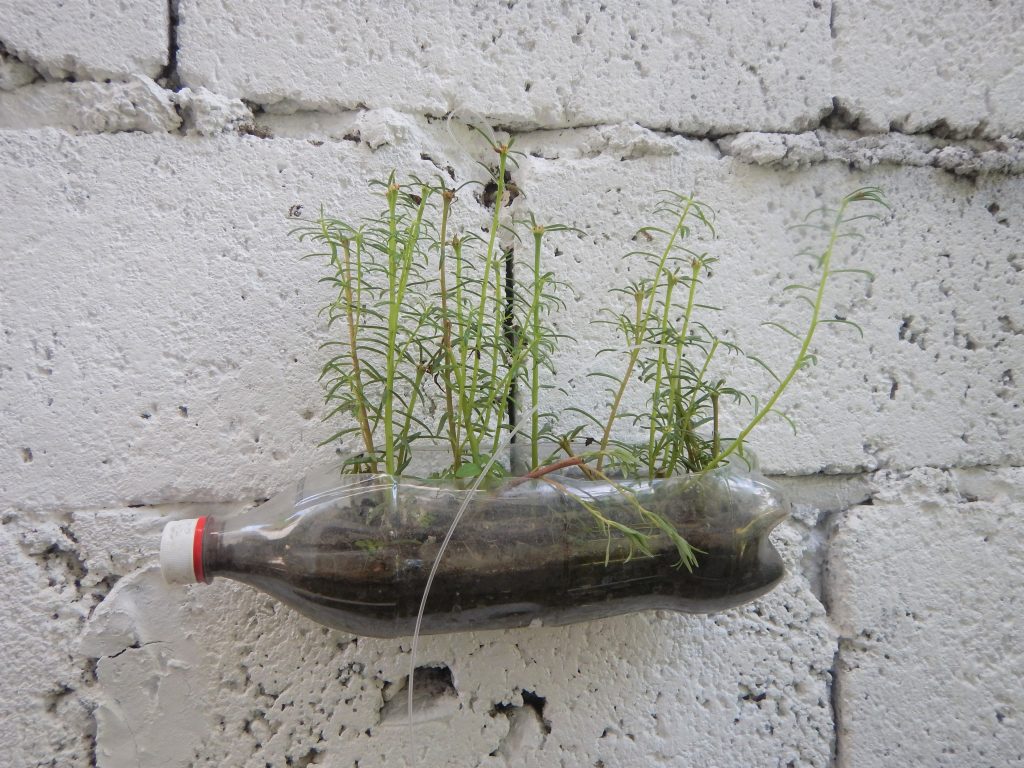
Food Adjustments to Embrace in the New Normal
Surely, the global food industry can do with big changes and improvements to have better yield efficiency and food distribution. But we can all do our share in contributing to food security by minding what, when, and how to eat our food, as well as how to (not) dispose them.
Here are a few not-too-difficult steps you can take:
- Eat local. Local food are fresher and do not require a lot of transport energy to get to you, thereby reducing your carbon footprint and lessening the chance that it has been contaminated. It also supports your local farmers and producers.
- Eat in season. Seasonal fruits and vegetables are at their best at certain times of the year when there is no need for added fertilizers and other chemicals to induce yield. Eating in season also promotes food diversity and a balanced nutrition.
- Support indigenous. When purchasing honey, agri-based products, hand-woven cloth and other crafts, choose indigenous products. Remember that supporting indigenous communities help in conserving forests.
- Eat less meat. More water, more land, more energy and other resources are used in growing animals than crops. The less meat you eat, the less pressure there is on our forests and oceans.
- Do not waste food. Plan your meals well, and order or cook only what you can finish. Save leftovers and store food correctly. Learn to pickle, ferment, freeze, and other methods of food preservation.
- Do not waste kitchen waste. Composting is always a good idea. This reduces the pressure on landfills while giving you nutrient-rich soil you can use to grow your plants.
- Grow your own. There is no space too small to grow your own food. You can’t get any more local than that.
Article written by Tanya Conlu, guest writer. For more information and other content, visit the SIANI Expert Group page.
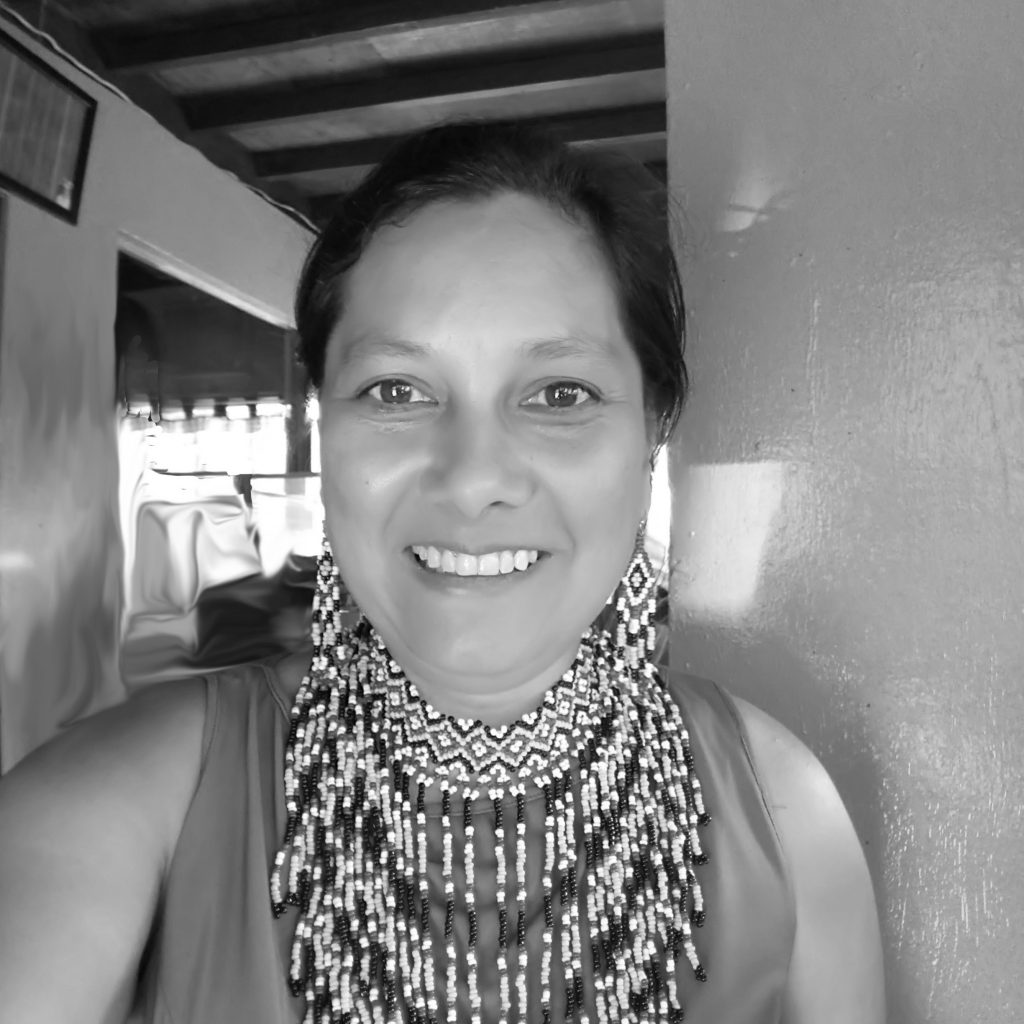
Tanya Conlu is a natural resource manager, a member of the IUCN global volunteer network Sustainable Use and Livelihoods (SULi), and an honorary member of the ICCA Consortium. She has been working with indigenous communities in South and Southeast Asia for over a decade and previously in various environmental projects involving wildlife conservation. An advocate for sustainable living, she is based in the Philippines and is part-owner of an online refillery store.

